Important Point
What Is CVT Transmission?
A CVT transmission, or continuously variable transmission, shifts seamlessly through an endless range of effective gear ratios as you drive, answering the question of how does a cvt transmission work.
This is different from other types of mechanical transmissions that offer a fixed number of gear ratios and have hard shifts between each.
Essentially, it’s about understanding how cvt works.
Huh. A CVT, or continuously variable transmission, shifts seamlessly through an endless range of effective gear ratios as you drive, while other types of mechanical transmissions offer a fixed number of gear ratios and as specified by Certified Transmission Repair.
Tough changes occur between each.
CVT transmission system is also known as single-speed, shiftless and Stepless transmission.
The shiftless nature of the CVT provides unparalleled flexibility that maintains a constant angular velocity regardless of output speed.
Additionally, a continuously variable transmission smooths out the speed and provides better fuel savings.
Also, Read: How to Change Transmission Fluid? | How to Replace Transmission Fluid | Why Change Transmission Fluid?
History of the CVT:
Although CVT has recently gained popularity, with new innovations offering greater efficiency, the design has existed for centuries.
Leonardo da Vinci designed the first cvt transmission in 1490, although it was developed in 1886 by Daimler and Benz. Was not officially patented until now.
The CVT first gained prominence in 1910 when Zenit Motorcycles produced a CVT model that was so efficient it was banned from hill climbing competitions.
By the late 1980s, the CVT had entered the mainstream thanks to Subaru. In modern times, almost every manufacturer has at least one model with a continuously variable transmission.
Useful Article For You
- What Is Car Interior Used?
- What Is Transmission
- What Is a Pulley
- What Is an Inverter
- What Is Fluid
- What Is a Flywheel
- What Is a Head Gasket
- What Is Composite
- What Is an Alternator
- What Is Earthing
- What Is a Transformer
- What Is a Lathe
- What Is a Spark Plug
- What Is a Strut
- What Is a Boiler
- What Is a Torque Converter
- What Is Milling
- What Is a Map Sensor
- What Is a Radiator
- What Is Tlc in a Car
- What Is a Jig
- What Is a Bolt
- What Is a Screw
- What Is Thermal Pollution
- What Is Annealing
- What Is a Turret
- What Is a Turbine
- What Is a Wheel
- What Is Egr
- What Is a Plane
- What Is a Generator
- What Is a Crankshaft
- What Is a Solar Panel
- What Is a Motor Mount
- What Is a Fastener
- What Is a Spanner
- What Is a Spring
- What Is the Best Head Gasket Sealer
- What Is Motor Vehicle Services
- What Is Gear Oil Used For
- What Is a Brushed Motor
- What Is a Shaft
- What Is an Engine
- What Is a Spread Footing
- What Is a Pitched Roof
- What Is Turbo
- What Is a Condenser
- What Is a Hacksaw
- What Is Flux Core Welding
- What Is a Broach
- What Is a Master Cylinder
- What Is a Gearbox
- What Is a Potentiometer
- What Is a Rack and Pinion
- What Is Taper
- What Is a 4 Cylinder Engine
- What Is a Solar Farm
- What Is Pump Head
- What Is a Subframe on a Car
- What Is the Source of Geothermal Energy
- What Is an Advantage of Using Nuclear Power?
- What Is a Fuel Cap
- What Is the Voltage of a Car Battery
- What Is a Tyres
- What Is a Clamp
- What Is a Comparator
- What Is the Brake
- What Is Welding Used For
- What Is Neutral Flame
- What Is Epb
- What Is Constant Mesh Transmission
- What Is Ball Screw
- What Is Syncromesh
- What Is Woodruff Key
How Does a CVT work?
Answering the question, how does cvt work, whereas a traditional transmission uses a wide variety of complex parts to shift between a range of preset gears, most CVT systems operate via a pulley system, showcasing the cvt working principle.
In essence, this system consists of cones on each pulley connected by means of a chain belt.
The cones can move to increase or decreases the diameter of the belt to change gear ratios, allow for quick shifting of the required ratio for increased power, and boost fuel economy.
In a CVT, one pulley is attached to the engine, and the other gives power to the wheels.
The width of these pulleys varies depending on the power required; As one gets bigger, the other gets smaller. This allows the CVT to deliver strong and smooth acceleration, as stated by CarFax.
There is a second, fewer commons type of CVT that uses a series of discs and rollers, but it operates on similar principles.
CVT and regular transmission power vehicles are slightly different.
Regular transmissions work by using a range of gears.
Continuously variable transmissions work by using cone-shaped pulleys that are connected by an intervening belt or chain.
One pulley connects to the engine & the other to the wheels.
Changing where the belt rests on each of the two different cones changes the ratio between them.
Since they are cones, they have an infinite number of possible proportions, and the variations are fluid and continuous.
This makes for an easy ride around Vandalia.
Why Do Automakers Use CVT?
If what is continuously variable transmission, or CVT transmission, has existed for so long, why are they only popular now?
Manufacturers now realize that they work well for their primary customer base. A CVT gets the most power out of a smaller engine.
This makes acceleration faster and more responsive, so the average driver gets a better experience.
CVT Transmission Pros:
1. Optimal Power Delivery
With this type of transmission, your car is always in the right gear. Unlike an automatic or a manual unit, the CVT is programmed to keep the engine speed class in its optimum power band, rather than running the tachometer needle from idle to redline when the driver needs acceleration.
It arguably offers better performance in certain situations, especially when passing by another vehicle.
2. Economy Advantages
A CVT is often more efficient than its conventional counterpart, at least in terms of fuel savings, by keeping the vehicle’s engine speed always in the right place at the right time.
Driving at steady freeway speeds, drivers of CVT-equipped cars will find their tachometer reading a very small number, which is great for efficiency.
3. Simpler Construction
The total number of mechanical parts in a CVT is smaller than in a typical planet-gearset transmission. Devoid of the common phalanx of gears and cogs, a CVT box uses a brace of adjustable conical pulleys attached to a steel chain or belt.
Depending on the speed of the vehicle, the sides of each pulley move toward or away from each other, changing the drive ratio, turning the chain into grooves between the pulleys.
This mechanical simplicity means that things go wrong less often.
A CVT offers a variety of benefits to the average driver.
The fuel economy has improved significantly. Modern hybrids use CVTs for fuel efficiency, & many gas models with CVTs offer around 38 mpg ratings on the average midsize sedan.
As per Certified Transmission Repair, it is easier to drive uphill with CVT.
Typical transmissions have to work harder to find the right gears ratio for the drive, whereas a CVT finds the exact ratios needed almost immediately, allowing the engine to deliver power uninterruptedly without hard shifting.
Because there are no hard gear shifts, the CVT allows you to enjoy smooth driving and acceleration at any speed, as CarFax explains.
It also eliminates sudden downshifting when you’re trying to get extra power to pass on the highway.
CVT Transmission Cons:
1. Sounds Like It’s Busted
CVT has a natural disadvantage because some of them are programmed in a way that makes consumers think they’re broken or working improperly.
Conventionally programmed CVTs due to the absence of any stepped gear sense can cause the driver to misinterpret their normal operating performance as a sign of unreliability.
2. Noisy Operation
Many drivers have complained about the CVT tendency to “hang” at high rpm, causing the engine to spin wildly under acceleration.
This is an inherent quality of all CVTs, even those programmed with simulated stepped gear.
Additional noise is usually unwanted in any car unless it is the rumble of a powerful engine.
3. Opposite of Sporty
It’s hard to argue against facts that CVTs aren’t fun at all.
Sure, they’re useful and efficient, but so is my toaster on the kitchen counter, a unit that certainly doesn’t inspire a smidge of emotion, except on occasions when it inexplicably turned my morning toast into fresh cinders.
Is. No ballads will be sung about the ever-changing broadcasts.
4. Not Bulletproof
You’ll notice that most of today’s vehicles that have a CVT mounted underneath are milk tooth econoboxes or compact crossovers that lean more towards practicality than sportiness.
This is not a coincidence. Most CVTs are not yet capable of handling high-torque applications without shattering themselves into a thousand oily bottlecaps.
5. Expensive Maintenance
A CVT costs significantly less to maintain and run, but actual repairs can be more expensive, thanks to parts that are usually more expensive to replace.
Finding a competent transmission specialist who knows his way around a CVT with the same confidence as a traditional manual or automatic can also be a challenge.
While a CVT certainly has a lot to offer, it does have a few drawbacks compared to a traditional transmission, according to Samaritans.
CVT systems are generally more expensive than conventional counterparts. The cost of repair and replacement can be up to several thousand dollars more expensive, as CVT systems usually do not last as long as conventional systems.
They can fail at a range of about 100,000 miles, whereas a traditional transmission can last twice as long. While a CVT is greats for the average driver, it is not designed for high-performance situations, as Certified Transmission.
Repair explains. Continuously variable transmissions cannot handle the increased horsepower, which is why they are not used on sports coupes and performance cars.
As car engineers point out, the driver’s perception of noise is also very different from that of a single-step automatic transmission or mechanical transmission, resulting in relatively little acceptance.
Also, Read: What Is Timing Belt? | Timing Belt Safety | How Much Is a Timing Belt? | Can I Replace My Own Timing Belt?
Useful Article For You
- Headliner in Car
- Alternator Vs Generator
- Axle Seal Leak
- What Is Cast Iron
- Car with Lock Symbol
- What Is an Automobile
- How Does a Magneto Work
- What Is Hydropower
- What Is a Misfire
- What Is Arc Welding
- Flight of Stairs
- Types of Cranes
- Cam and Follower
- Disc Brakes Work By
- Screw Jack
- Car Shaking When Idle
- Beater Car
- Service Battery Charging System
- Types of Hammers
- Resonator Delete
- Rivet Definition
- Coolant Leak Repair Cost
- 6.0 Vortec
- Battery Saver Active
- File Tool
- Cheapest Place to Get Brakes Done
- Tire Feathering
- Ecm Motor
- Service Stabilitrak Chevy Cruze
- Nut Vs Bolt
- Ship Engine
- Interstate Car Battery
- Hvac System Diagram
- Keyless Remote Battery Low
- What Is a Girder
- Shaded Pole Motor
- Mechanical Engineering Companies
- Cv Joint Noise When Driving Straight
- Cnc Bdsm
- Egr Vacuum Solenoid
- Can You Mix Red and Green Coolant
- Reaction Turbine
- Tin Snips Vs Aviation Snips
- Electrical Phases
- Service Steering Column Lock
- Low Power Steering Fluid Symptoms
- Pipe Joints
- Best Welding Schools
- 168 Vs 194 Bulb
- What Is a Coupling
- Dog Clutch
- Beater Cars for Sale
- Does Radiator Stop Leak Work
- How to Reset Fuel Gauge
- Turboshaft Engine
- 5g Welding Position
- Mevotech Vs Moog
- Nuclear Power Plant Parts
- Water Cooled Condenser
- Scotch Yoke Mechanism
- Different Types of Airplanes
- How to Use Bolt Cutters
- Air Lift Pump
- Types of Dimensions
- How to Clean Fuel Pump Without Removal
- Car Roof Leak Repair
- Mechanic Nails
- Scotch Marine Boilers
- Simple Indexing
- Grashof’s Law
What to Watch Out for When Buying Used Car With a CVT:
You’ll need to do some additionals research before buying a used car with CVT recommended by Samaritans.
Because of the cost of replacing a CVT, make sure you take a test drive, do an inspection, & check the warranty on it.
When testing driving, pay attention to the following:
Slow Shifting: While you don’t need to shift the CVT from first to second gear, you do need to shift between the park, drive, and reverse. If it takes more than a second or two for the transmission to shift, this could indicate a faulty CVT which may soon go bad.
Strange Sounds: CVTs are naturally louder than their conventional counterparts, but they should not be loud enough to make humming and crying normal. If you hear excessive noise while accelerating, that’s a red flag.
Sliding: When you accelerate, you should feel a constant, uninterrupted acceleration. If it slips or momentarily loses power, the CVT is faulty. Inconsistent RPM A CVT must be consistent, so if you see a fluctuating RPM while driving at a constant speed, it could be a sign of a problem.
Dirty Transmission Fluid: If the transmission fluid is dirty, it may indicate a problem with the CVT, along with other problems.
CVT Transmission:
Bottom Line:- Answering the question, what is variable transmission, the CVT transmission can enhance the experiences of an average driver as per Certified Transmission Repair. This can boost efficiency and help with steep inclines.
It is especially useful in mountainous areas. Just remember that these transmissions can come with a hefty price tag on both the initial purchase and repair cost.
So it is important to make sure that it is covered under warranty. Edmunds points out that the CVT advantage lies in its simplicity.
Compared to the complex arrays of hundreds of components in a traditional transmission, a CVT consists of just a belt, a driving pulley, a torque-sensing pulley, & a few microprocessors and sensors.
This makes the CVT more adaptable than its conventional counterparts, allowing a smooth ride and smooth acceleration despite varying road conditions.
Frequently Asked Questions (FAQ)
CVT Transmission
A continuously variable transmission (CVT) is an automatic transmission that can change seamlessly through a continuous range of gear ratios.
How Does Cvt Transmission Work?
The CVT is an automatic transmission that uses two pulleys with a steel belt running between them. To continuously vary its gear ratios, the CVT simultaneously adjusts the diameter of the “drive pulley” that transmits torque from the engine and the “driven pulley” that transfers torque to the wheels.
What Is a CVT?
If you’ve been shopping for a new car recently, you’ve undoubtedly found that large numbers of late-model vehicles are equipped with a continuously variable automatic transmission (CVT).
CVT Transmission Good or Bad
Aside from some legitimate failures, CVTs gained a bad reputation early on because they offer a different sensation than traditional fixed gear ratio transmissions. They are smoother and don’t provide the “shifting” feeling we had all become accustomed to. New is scary, and sometimes it makes a driver react negatively.
Pros and Cons of CVT Transmission
Pros and Cons of CVT (Continuous Variable Transmission)
- Improved fuel efficiency.
- Desired responsive Power At all Times.
- Smooth Rides over Long Distance.
- Better Torque Ratio.
- Lighter unit and fewer parts to mend.
- Expensive to Repair.
- High maintenance costs.
- Peculiar Acceleration tone.
What’s a CVT Transmission?
A CVT transmission, or continuously variable transmission, seamlessly changes through an unending range of effective gear ratios while you drive, whereas other kinds of mechanical transmissions offer a fixed number of gear ratios and have hard shifts between each.
CVT Gearbox
Manual gearboxes are complex — here’s how the gearbox works in most cars. History of gears. Gearboxes have been around for a while. According to the AIP Conference Proceedings(opens in new tab), the first modern manual transmission was demonstrated by French inventors Louis-Rene Panhard and Emile Lavassor in 1894, and Louis Renault improved the design in 1898.
Like this post? Share it with your friends!
Suggested Read –
- Turbine Condenser
- Parts and Functions of Grinding Machine | Grinding Machine | Grinding Machine Types
- Parts of Cornish Boiler | Working Principle of Cornish Boiler | Construction of Cornish Boiler
- Parts of Air Lift Pump | Working Principle of Air Lift Pump | Advantages of Air Lift Pump | Disadvantages of Air Lift Pump
- Pattern Allowances In Casting | Why the Pattern Allowances In Casting Affected | Finishing or Machining Allowance | Shake or Rapping Allowance
- Difference Between Air Conditioning and Refrigeration Why We Need a Refrigeration | Refrigeration System | Refrigeration Cycle | Principle of Refrigeration
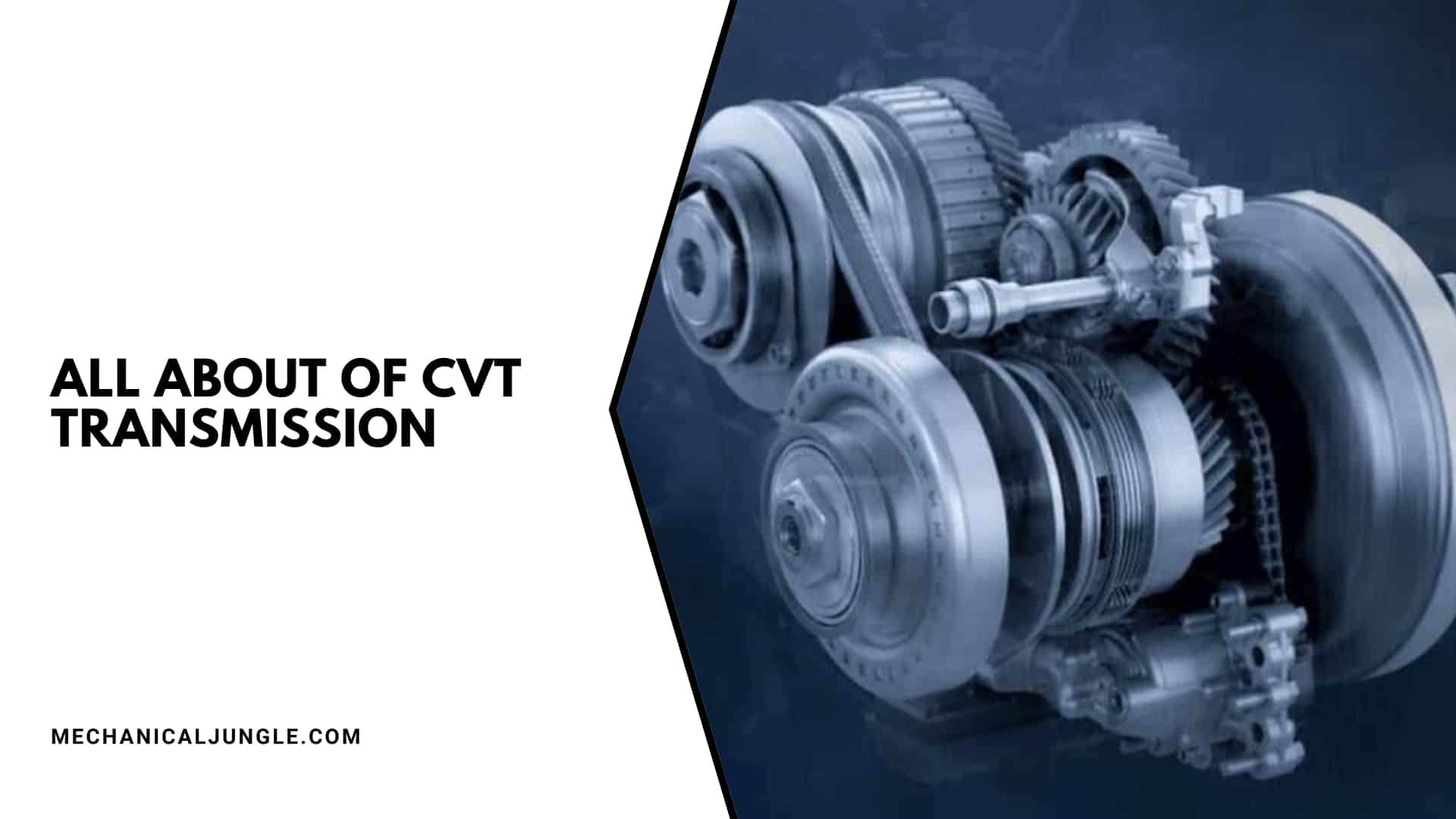
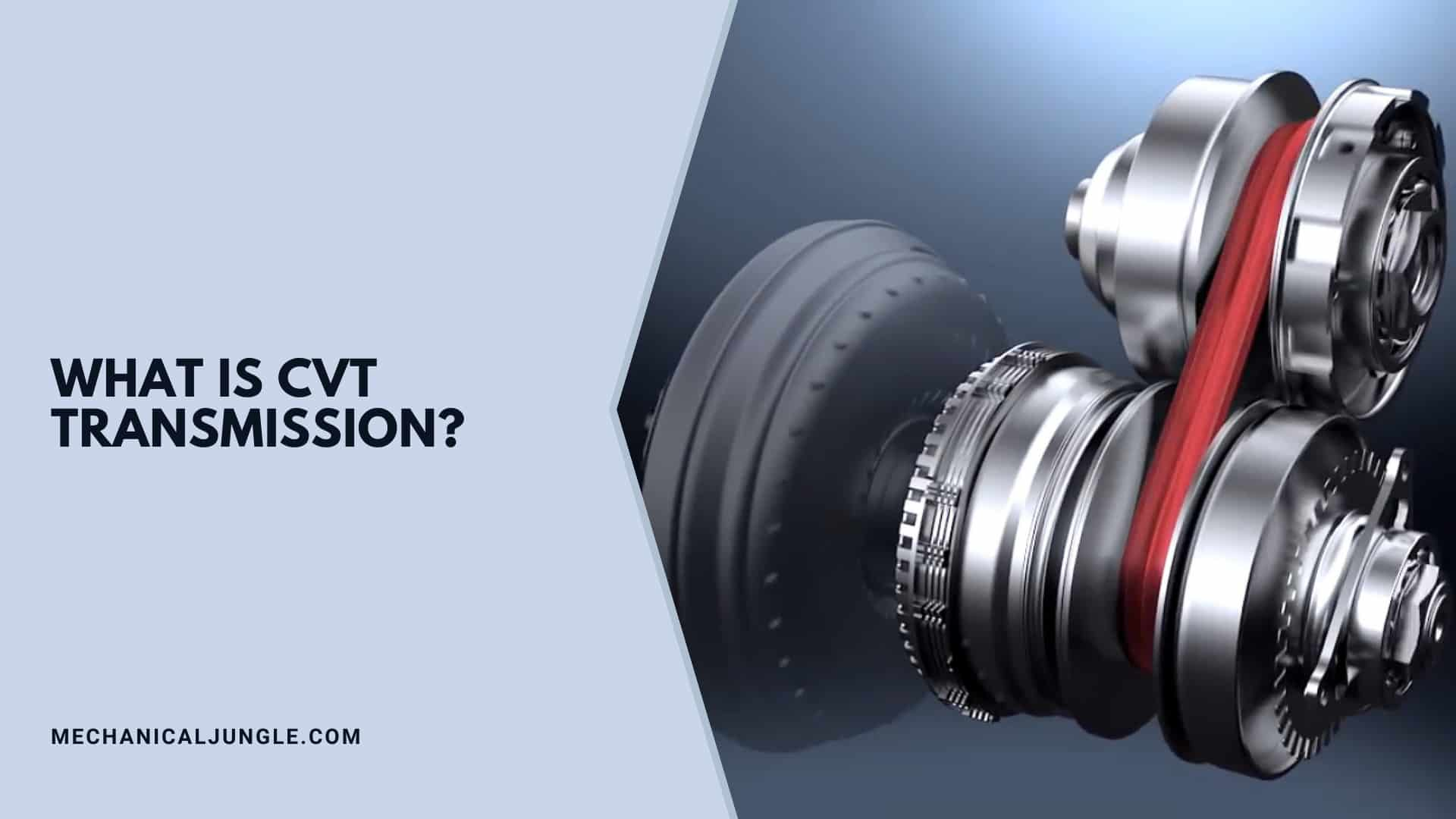


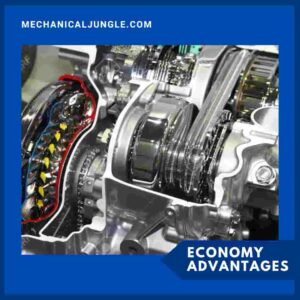

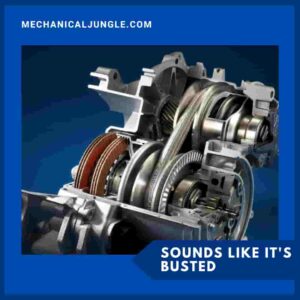
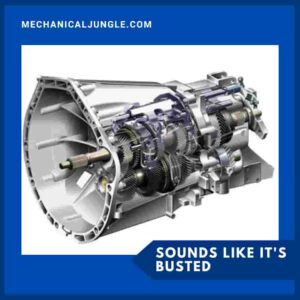
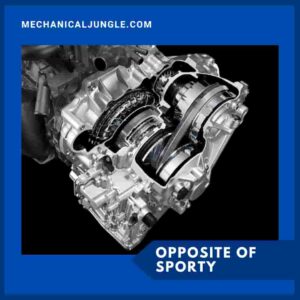
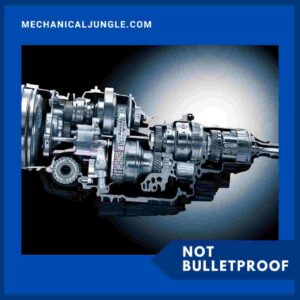
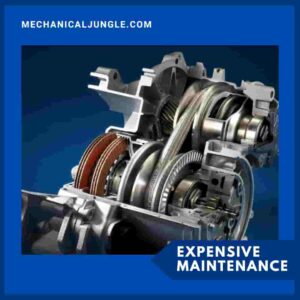

Leave a Reply